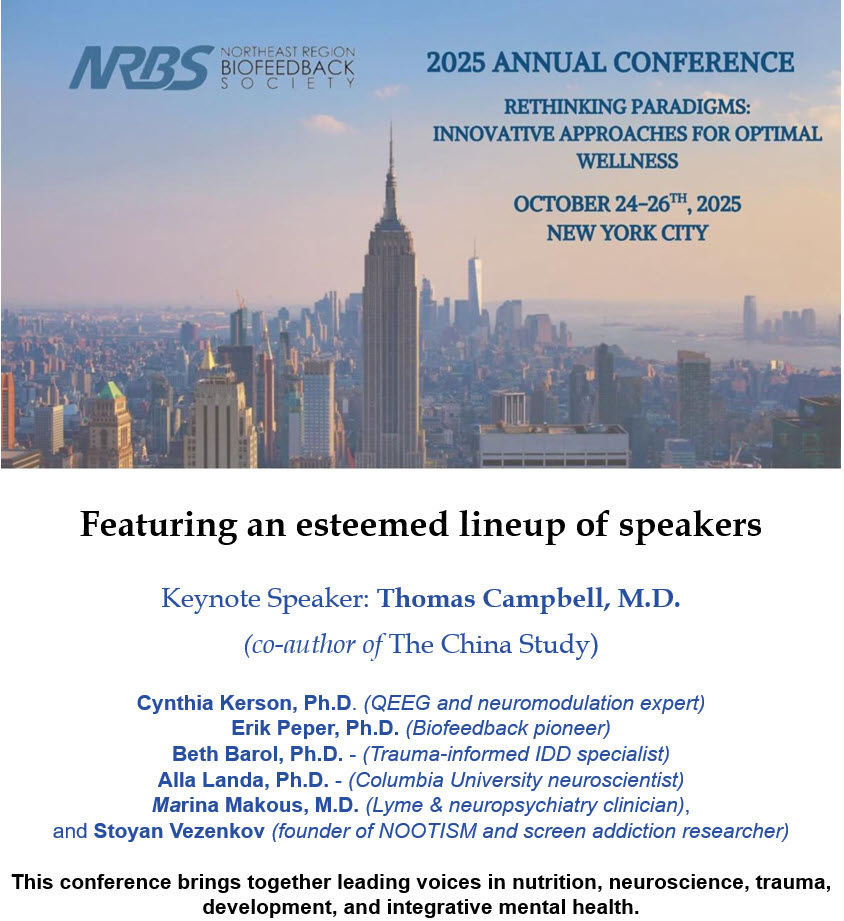A Second Look at Adult Brain Reorganization After Amputation
- Fred Shaffer
- Aug 26
- 8 min read
Updated: Aug 31

Abstract
For more than half a century, neuroscientists have grappled with a fundamental question about the human brain: what happens to our neural map of the body when we lose a limb?
The conventional wisdom seemed straightforward and intuitive. When someone loses an arm, the thinking went, the brain region that once controlled that hand would quickly be colonized by neighboring areas.
Picture the brain's map of the body like a neighborhood where, if one house burns down, the adjacent properties expand to claim the vacant lot. In this case, if the hand area went dark, regions controlling the lips or face would eagerly move in and take over the prime cortical real estate.
This compelling narrative held sway in neuroscience for decades, but a groundbreaking new study by Schone and colleagues (2025) has turned this assumption on its head. Tracking three individuals before and after planned arm amputations for up to five years, the researchers discovered that cortical maps of both hand and lips remained remarkably stable, as if the brain maintained a persistent, almost stubborn memory of the missing limb. This finding suggests that the adult brain maintains a resilient and enduring model of the body, contrary to long-standing theories of large-scale remapping.
What is the Science of Brain Reorganization?
The primary somatosensory cortex, known as S1, contains what scientists playfully call the homunculus, a distorted map of the human body where different regions correspond to different body parts. The lips get a disproportionately large area because they're incredibly sensitive, while the back gets a tiny slice because it has fewer nerve endings. This topographic mapping isn't just theoretical curiosity but represents how our brains organize and process touch sensations from across our entire body. S1 is shown below.

Earlier research, particularly studies with monkeys whose fingers had been amputated, suggested that cortical reorganization happened rapidly and dramatically (Merzenich et al., 1984; Pons et al., 1991). When researchers stimulated what should have been the missing finger's territory, they found responses from neighboring digits instead, as if the brain had quickly reassigned the neural real estate.
Human studies seemed to support this idea, especially when researchers found correlations between phantom limb pain and apparent cortical remapping (Flor et al., 1995). The logic seemed airtight: lose the input, lose the map.
But more recent investigations began poking holes in this neat story. Researchers noticed that people with amputated limbs often retained vivid phantom sensations, as if their missing hands were still very much alive in their minds. When these individuals attempted to move their phantom fingers, brain scans revealed activation patterns that looked remarkably similar to those of people with intact hands (Kikkert et al., 2016; Wesselink et al., 2019).
This raised an intriguing possibility: maybe the brain maps weren't disappearing at all. The central question became whether cortical maps are erased and replaced, or whether they persist despite sensory loss.
What did they study?
The Schone study tackled this question head-on with an ingenious approach. Rather than comparing amputees to healthy controls, which had been the standard method, they followed the same people through their amputations. Schone and colleagues (2025) recruited three adults scheduled for arm removals due to medical conditions who volunteered for this longitudinal investigation. Each underwent multiple functional magnetic resonance imaging scans before their surgeries and at several points afterward: 3 months, 6 months, and either 1-1/2 or 5 years post-amputation.
The experimental design was elegantly simple yet powerful.
During the brain scans, participants moved their fingers, lips, and toes before surgery. After amputation, they were asked to attempt moving their phantom fingers, and researchers compared these phantom movements directly to the original hand movements.
A control group of sixteen people with intact limbs underwent the same scanning protocol to account for normal fluctuations in brain activity over time.
How did they do it?
The researchers employed high-resolution functional magnetic resonance imaging to examine the hand and lip regions of the primary somatosensory cortex. This technique measures brain activity by detecting changes in blood oxygen levels, creating detailed maps of neural activation. They analyzed the stability of cortical maps using three sophisticated analytical approaches that allowed them to test both large-scale shifts and fine-grained changes.
What did they find?
The results were striking and unambiguous. Across all participants, cortical maps of the hand remained stable long after amputation. When people moved their phantom hands, their brains lit up in patterns virtually indistinguishable from their pre-surgery activity. The neural signatures for individual phantom fingers persisted with remarkable fidelity, and computer algorithms could decode these movements with accuracy far above chance levels, even years later.
Most surprisingly, the lip regions showed no signs of territorial expansion into hand areas. Instead of the predicted cortical takeover, lip maps remained consistent and showed only the normal variations observed in the control group. This stability persisted with almost eerie consistency.
Brain maps that had been carved by decades of hand use didn't simply vanish when the physical hand disappeared. Instead, they remained like ghost neighborhoods, their neural architecture intact and ready to spring into action when called upon by phantom movements.
The results demonstrated that cortical representations are not erased after amputation but preserved in striking detail (Schone et al., 2025).
Why did previous researchers find reorganization after amputation?
The findings force a reconsideration of why previous studies found evidence of cortical reorganization.
Earlier research often relied on cross-sectional comparisons, taking snapshots of amputees and comparing them to people with intact limbs. This approach cannot distinguish between genuine changes caused by amputation and pre-existing individual differences in brain organization that might have been present from birth or developed over a lifetime of different experiences.
Many studies also used winner-takes-all analyses, a method that assigns each brain region to whichever body part produces the strongest response. By excluding phantom limb activity from consideration, these approaches created an artificial impression of cortical takeover by neighboring regions. It's like conducting a census of a neighborhood but ignoring all the residents who happen to be invisible at the time. When phantom movements are included in the analysis, the hand representation emerges clearly, robust and enduring. Schone et al. (2025) revealed that when phantom movements are properly considered, the hand representation is still present and active.
What is the impact?
This research represents a paradigm shift with far-reaching implications across multiple fields. The study reframes fundamental debates about adult brain plasticity, suggesting that cortical body maps aren't readily overwritten but are actively maintained through complex neural processes. These might include top-down mechanisms involving motor planning and internal body representation, neural systems that continue operating even when bottom-up sensory input disappears (Makin & Bensmaia, 2017; Makin & Krakauer, 2023).
For brain-computer interfaces, devices that allow people to control external equipment using brain signals, the persistence of hand maps opens remarkable possibilities. Neural patterns from missing limbs could be harnessed for prosthetic control even decades after amputation (Downey et al., 2024). Engineers working on advanced prosthetics no longer need to worry about racing against time before cortical maps disappear. The brain's representation of the missing hand appears to wait patiently, ready to be tapped whenever technology advances sufficiently.
For treating phantom limb pain, a debilitating condition affecting many amputees, these findings undermine the prevailing theory that pain stems from maladaptive cortical remapping. If the hand maps remain stable rather than becoming chaotically reorganized, therapeutic approaches might be better served by building on these preserved representations rather than trying to reverse supposed remapping (Ortiz-Catalan, 2018). This could lead to more effective treatments that work with the brain's natural organization rather than against it.
More broadly, the work highlights that stability, not just plasticity, represents a fundamental feature of brain organization.
The adult brain appears to strike a delicate balance between flexibility and consistency, adapting to new circumstances while maintaining core aspects of its functional architecture.
Rather than being a purely plastic organ that rapidly rewrites itself in response to injury, the brain maintains remarkably stable internal models of the body, refusing to accept that missing limbs are truly gone.
Five Key Takeaways
Cortical hand maps persist long after amputation.
Phantom hand movements evoke activity nearly identical to real hand movements.
The lips do not invade hand cortical territory, refuting the classic brain reorganization model.
Earlier findings of remapping stemmed from methodological biases.
Preserved maps open new directions for prosthetics, phantom limb pain therapies, and theories of brain stability.


Glossary
BOLD signal: blood-oxygen-level-dependent signal measured with fMRI as an index of neural activity.
brain–computer interface (BCI): technology enabling external device control using brain signals.
cross-sectional study: a research design comparing different groups at one time point.
functional MRI (fMRI): a brain imaging technique measuring changes in blood oxygenation linked to neural activity.
homunculus: a cortical representation of the body, distorted to reflect sensory importance.
longitudinal study: a research design following the same participants over multiple time points.
phantom limb: the perception of sensations in a limb that has been amputated.
primary somatosensory cortex (S1): the cortical area processing touch and proprioceptive input.
winner-takes-all analysis: an analytic method that assigns each region to the stimulus producing the strongest response, sometimes oversimplifying results.
References
Downey, J. E., Schwed, N., Egan, K. J., Valle, G., Tian, Y., Bensmaia, S. J., ... Slutzky, M. W. (2024). A roadmap for implanting electrode arrays to evoke tactile sensations through intracortical stimulation. Human Brain Mapping, 45(2), e70118. https://doi.org/10.1002/hbm.70118
Flor, H., Elbert, T., Knecht, S., Wienbruch, C., Pantev, C., Birbaumer, N., ... Taub, E. (1995). Phantom-limb pain as a perceptual correlate of cortical reorganization following arm amputation. Nature, 375(6531), 482–484. https://doi.org/10.1038/375482a0
Kikkert, S., Kolasinski, J., Jbabdi, S., Tracey, I., Beckmann, C. F., & Makin, T. R. (2016). Revealing the neural fingerprints of a missing hand. eLife, 5, e15292. https://doi.org/10.7554/eLife.15292
Makin, T. R., & Bensmaia, S. J. (2017). Stability of sensory topographies in adult cortex. Trends in Cognitive Sciences, 21(3), 195–204. https://doi.org/10.1016/j.tics.2017.01.002
Makin, T. R., & Krakauer, J. W. (2023). Against cortical reorganisation. eLife, 12, e84716. https://doi.org/10.7554/eLife.84716
Merzenich, M. M., Kaas, J. H., Wall, J. T., Sur, M., Nelson, R. J., & Felleman, D. J. (1984). Somatosensory cortical map changes following digit amputation in adult monkeys. Journal of Comparative Neurology, 224(4), 591–605. https://doi.org/10.1002/cne.902240405
Ortiz-Catalan, M. (2018). The stochastic entanglement and phantom motor execution hypotheses: A theoretical framework for the origin and treatment of phantom limb pain. Frontiers in Neurology, 9, 748. https://doi.org/10.3389/fneur.2018.00748
Pons, T. P., Garraghty, P. E., Ommaya, A. K., Kaas, J. H., Taub, E., & Mishkin, M. (1991). Massive cortical reorganization after sensory deafferentation in adult macaques. Science, 252(5014), 1857–1860. https://doi.org/10.1126/science.1843843
Schone, H. R., Maimon-Mor, R. O., Kollamkulam, M., Szymanska, M. A., Gerrand, C., Woollard, A., Kang, N. V., Baker, C. I., & Makin, T. R. (2025). Stable cortical body maps before and after arm amputation. Nature Neuroscience. Advance online publication. https://doi.org/10.1038/s41593-025-02037-7
Wesselink, D. B., van den Heiligenberg, F. M., Ejaz, N., Dempsey-Jones, H., Cardinali, L., Tarall-Jozwiak, A., ... Makin, T. R. (2019). Obtaining and maintaining cortical hand representation as evidenced from acquired and congenital handlessness. eLife, 8, e37227. https://doi.org/10.7554/eLife.37227
About the Author

Fred Shaffer earned his PhD in Psychology from Oklahoma State University. He earned BCIA certifications in Biofeedback and HRV Biofeedback. Fred is an Allen Fellow and Professor of Psychology at Truman State University, where has has taught for 50 years. He is a Biological Psychologist who consults and lectures in heart rate variability biofeedback, Physiological Psychology, and Psychopharmacology. Fred helped to edit Evidence-Based Practice in Biofeedback and Neurofeedback (3rd and 4th eds.) and helped to maintain BCIA's certification programs.
Support Our Friends










Comments